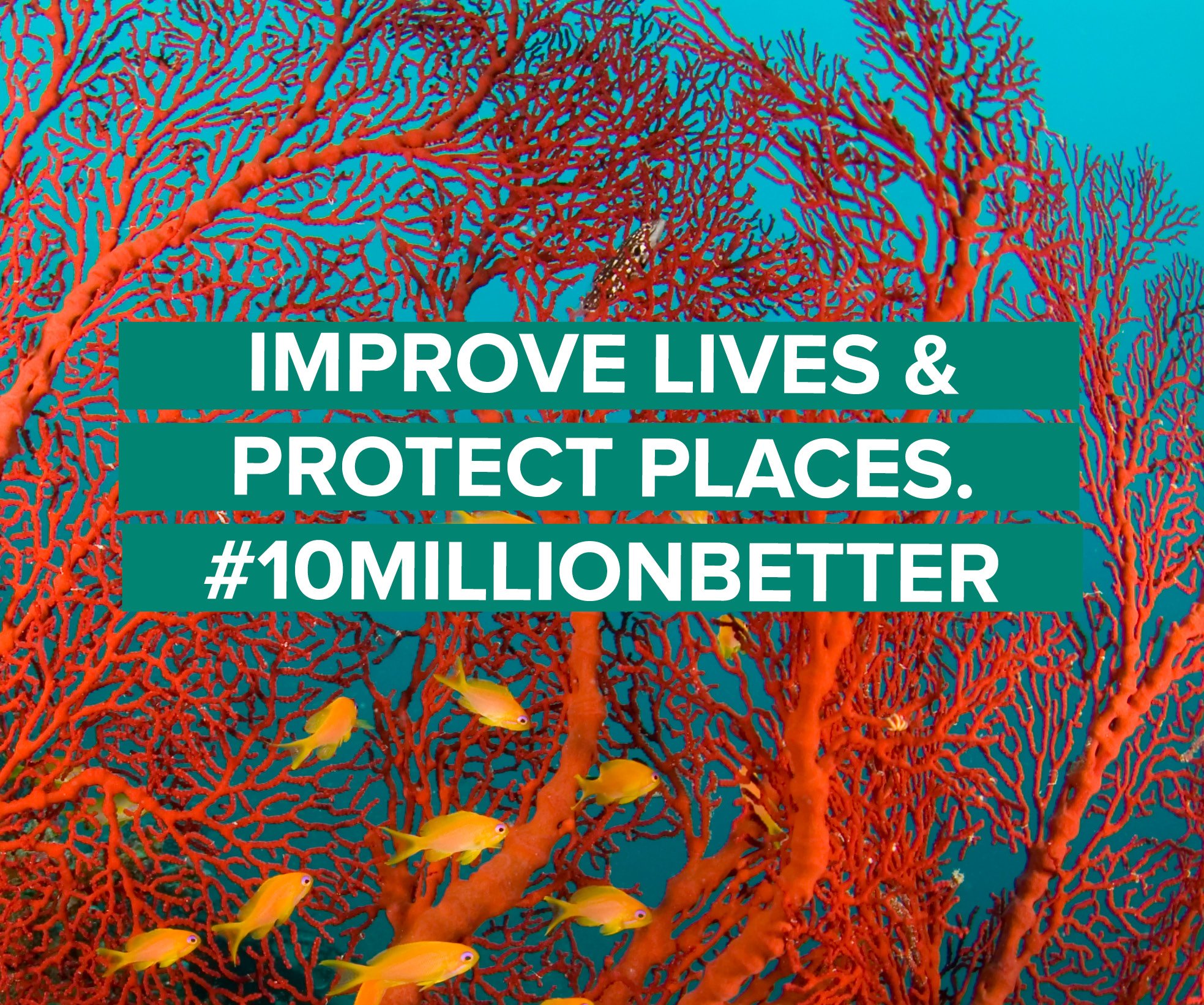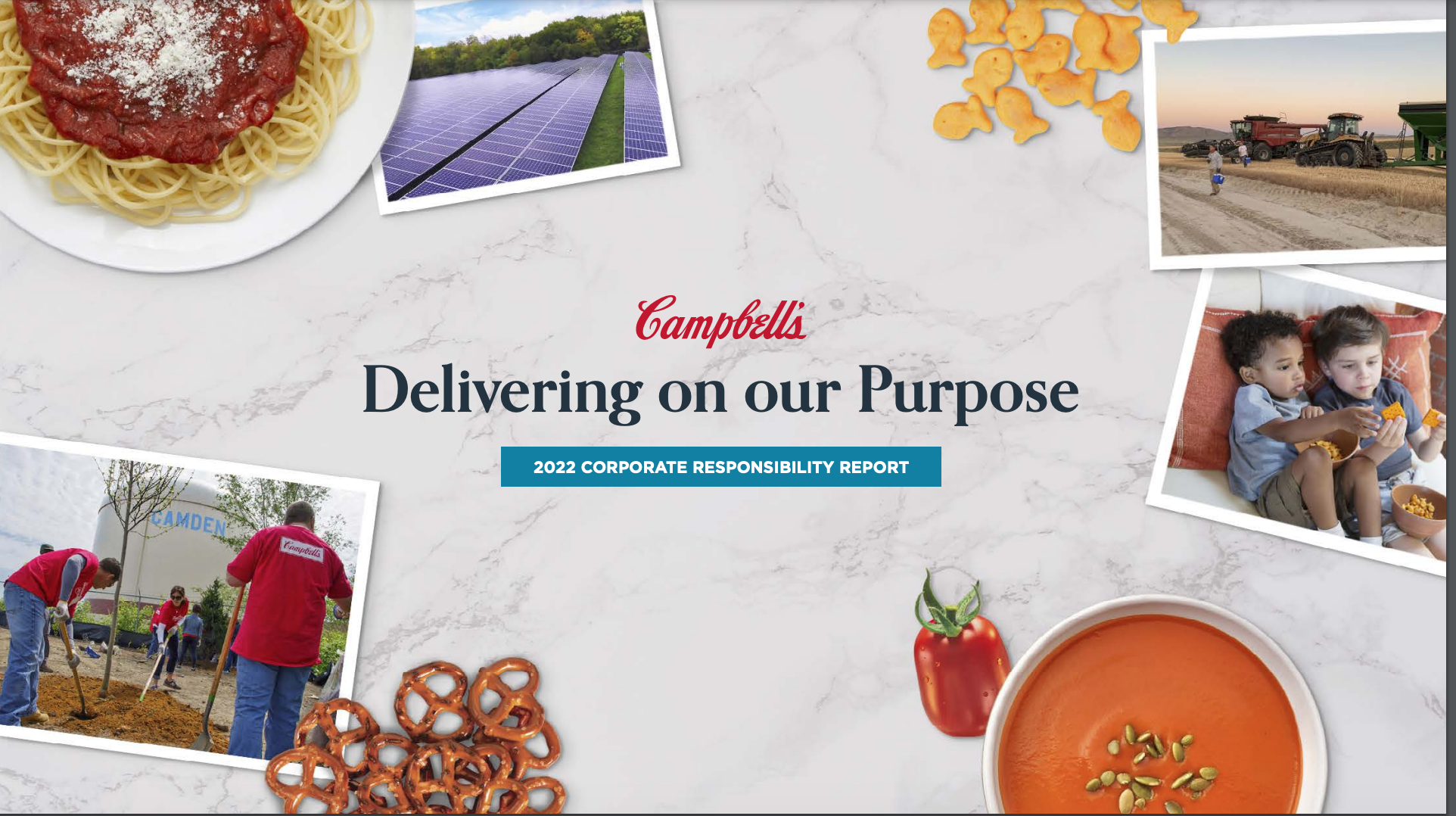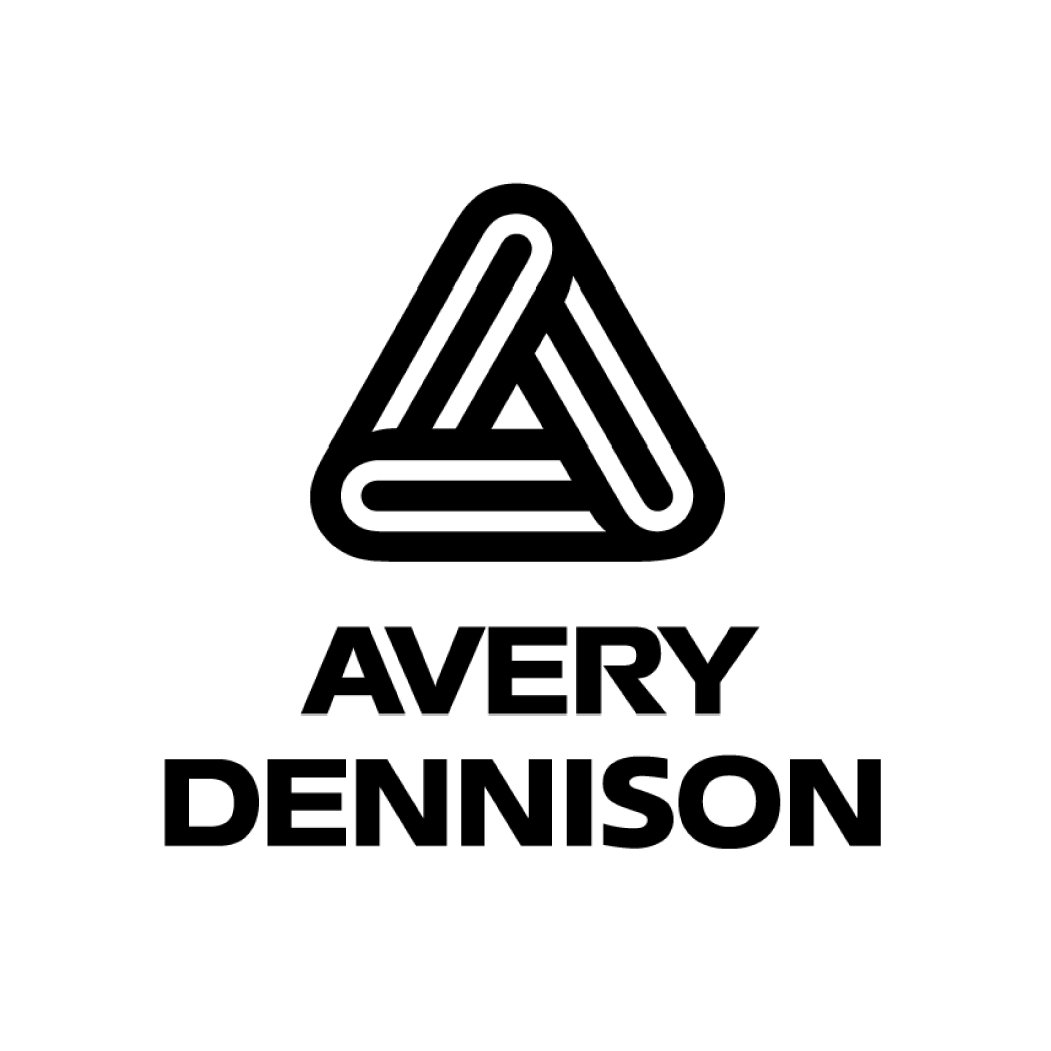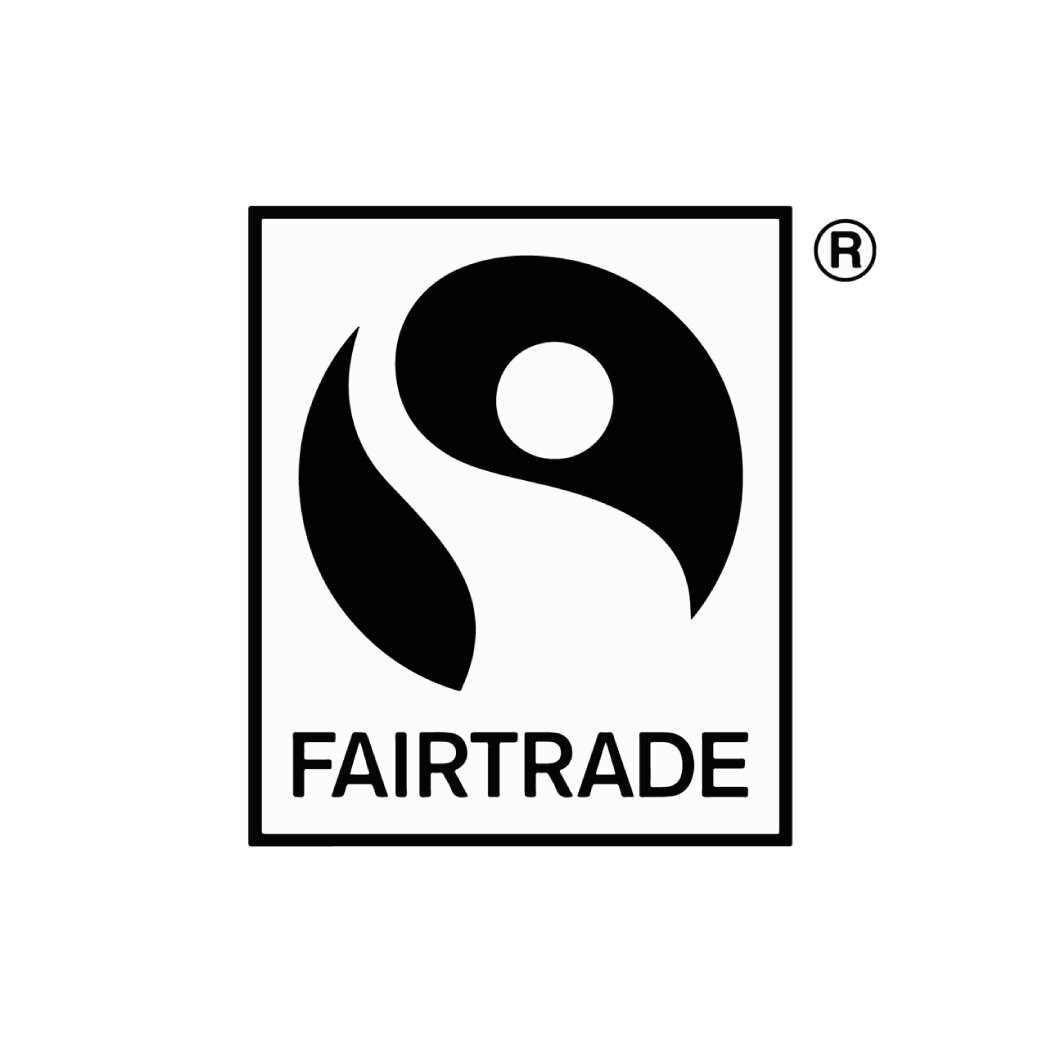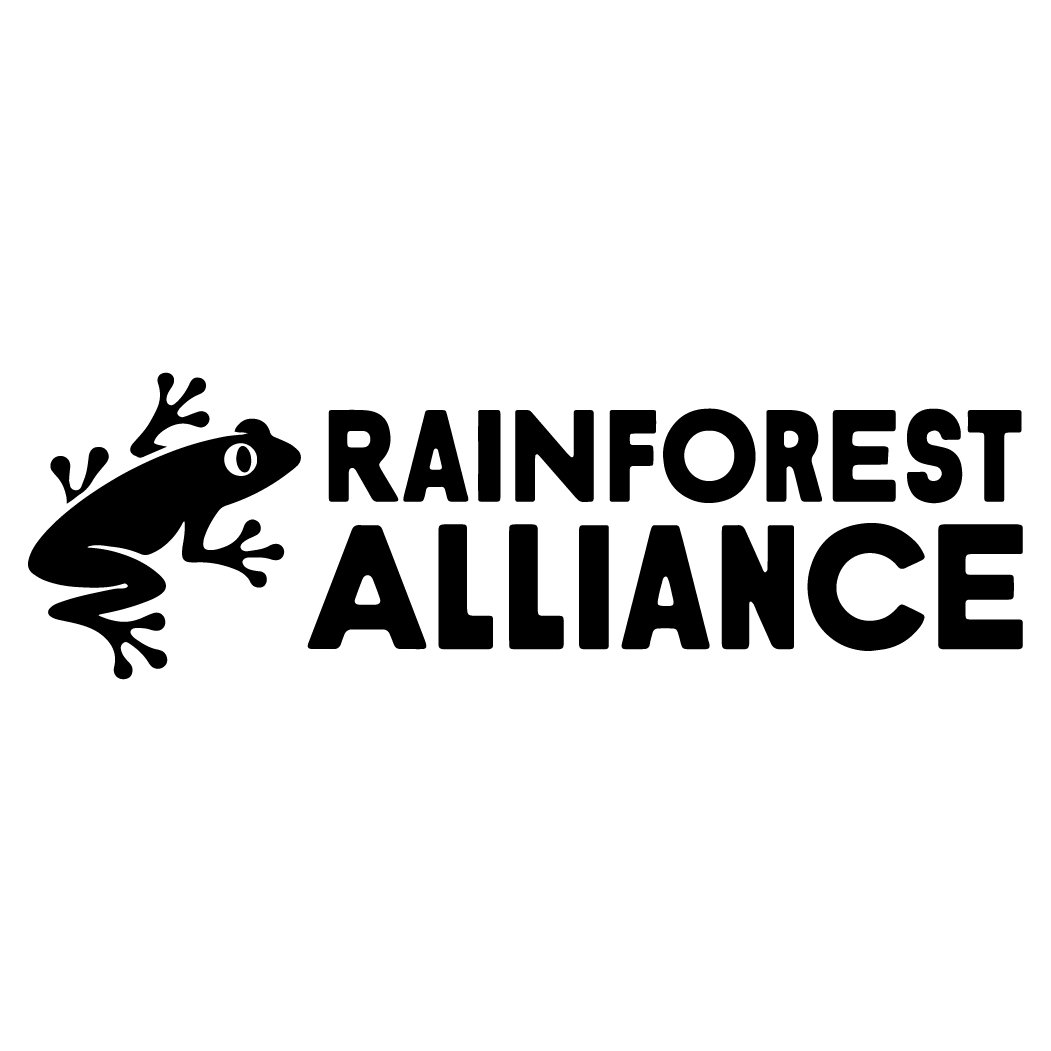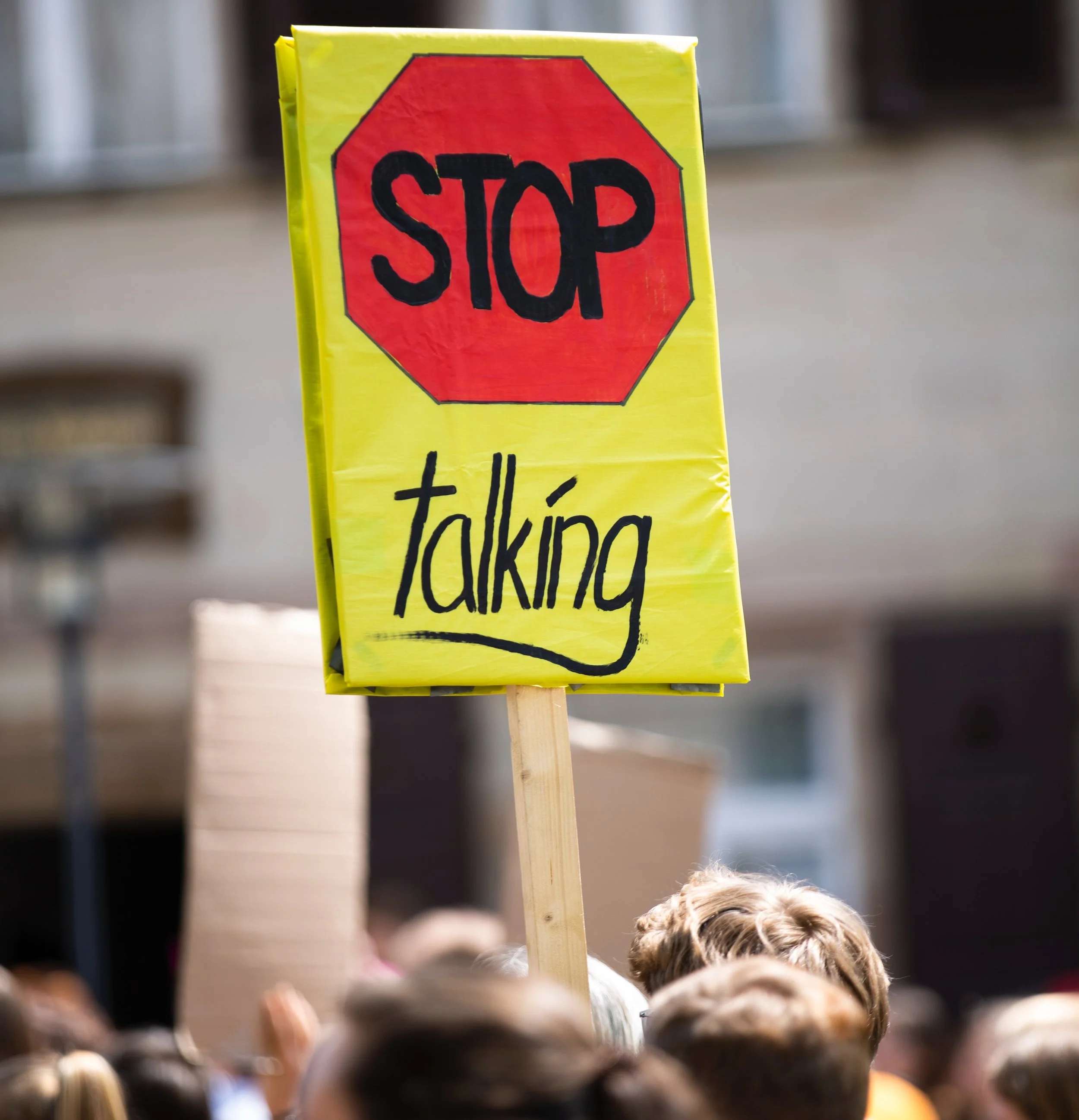Look good, sound smart, drive change.
clear, compelling, clutter-free communications for nonprofit leaders who want to get the word out. COMMUNICATIONS STRATEGY, NARRATIVES, Campaigns, PLATFORMS, Creative Content, WRITING + EDITING
“As a freelance director I’ve worked with a lot of clients, producers, and executives and few have been as supportive, intrepid and willing to stand up to organizational status quo as Carol. She brings a fresh and original outlook to communications, especially in regards to social change. Working with Carol was incredible. From the very beginning she understood the tricky nature about creating an online video about saving the rainforest—that it would need to be different and somewhat risky in order to get people’s attention and make them care without feeling guilty. ... we worked together, cut after cut, to make something that was edgy and risky but also hilarious with its heart in the right place. Even as other members of her organization got cold feet close to the release, Carol defended the project and pushed it through...and it was a smashing success! Garnering over 5 million views and winning awards from everybody from Cannes to TED, Follow The Frog has become an iconic short film in the category of social change.
”
CONTENT + CAMPAIGNS
DATA-DRIVEN, STORY-RICH REPORT-WRITING
“I have been fortunate to work with Carol Goodstein for more than 15 years and have greatly valued her creativity, vision, outstanding storytelling and writing skills. It was under her leadership that we had an award winning and highly successful social media platform with the Guardian, which resulted in an unprecedented level of engagement.
”



